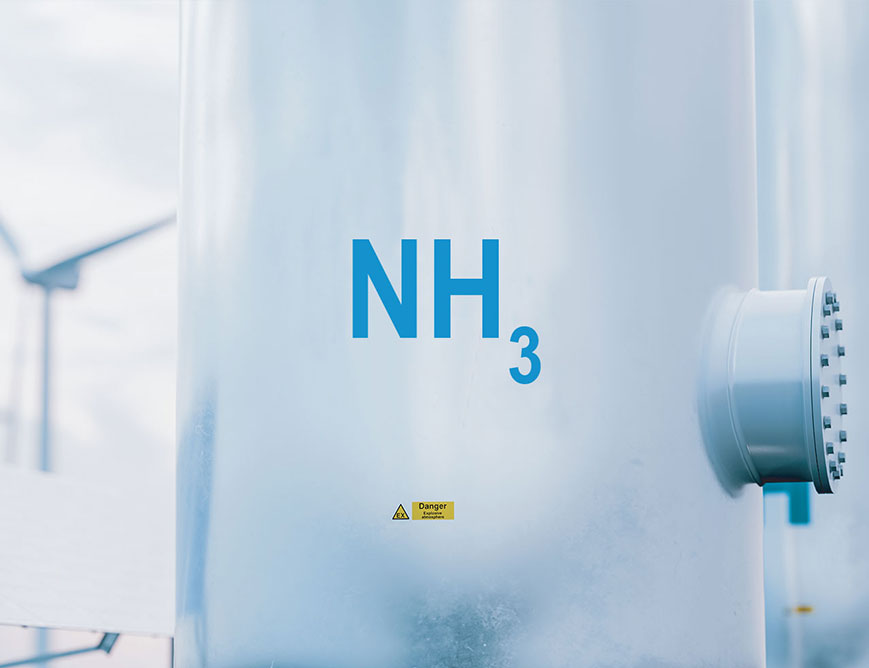Ammonia’s promise in an emerging European hydrogen economy
Ammonia is extensively used in the production of fertilisers; but green ammonia may also serve as a hydrogen carrier for the energy industry or as a resource for maritime and aviation transport, to name a few. In the near future, ammonia is expected to play a key role in the diversified decarbonised energy system, as the leading technology for long distance transport and trade in energy.
The EU’s hydrogen strategy launched in July 2020 set a key role for hydrogen, as a significant part of the solutions ‘puzzle’ to replace fossil fuels in some carbon intensive industrial processes, such as steel production or chemical sectors. However, being the lightest element in nature, hydrogen raises storage challenges over long periods (at pressure often above 700 bar, or as a liquid requiring cryogenic temperatures of -252.8 ° C). Research and industry are looking at ammonia as an ideal hydrogen vector that has the potential to alleviate some of the incurred high costs and energy requirements of hydrogen.
With its increased capacity to store hydrogen, due to its mild pressurisation and cryogenic constraints, ammonia is considered one of the novel options that will support the European energy decarbonisation.
“Just three big tanks of 20,000 cubic metres of ammonia could store as much energy as 1.8 million stationary batteries installed in homes.”
T. Constantinescu, DG Energy Principal Adviser for the European Commission speaking at Euractiv’s virtual conference on ammonia
Ammonia (NH3) is a chemical compound built with one nitrogen atom and three hydrogen atoms, carrying several properties that turn it into a reliable alternative to pure hydrogen. Unlike hydrogen, ammonia easier to liquify, which provides dense energy storage and transport. This set of properties turn it into a more reliable option for different applications, such as grid energy storage, energy exports, but also for shipping and aviation.
Large ammonia production plants use the Haber-Bosch process where hydrogen coming from methane in natural gas is combined to atmospheric nitrogen. The process is very energy intensive accounting for 1%-2% of the world energy supply. The plant configuration has been optimized during the last century however the use of intermittent renewable energy sources to produce “green ammonia” poses new challenges to the plant configuration and operation strategies in use today.
Due to the low cost and high availability, iron catalysts have been used to produce ammonia. This requires a pressure of at least 130 bar and 400-500 ˚C. These high temperatures and pressure conditions have pushed the development of ruthenium-based catalysts which can operate at milder temperature and pressure.
Today ammonia is already widely used for the productions of fertilizers. Ammonia is also used as refrigerant in the industry for refrigerator and heat pumps where it accounts for 17% of the industrial market.
Ammonia is not considered highly flammable, but it can explode if exposed to high heat. Ammonia is generally stored at high pressure which posed a higher risk in case of explosion.
Ammonia is considered a high health hazard according to the US Department of Labor. Significant exposure to ammonia can cause intoxication or even death in the more serious events.
MOF stands for Nanoporous Metal-Organic Framework and is a material which can be used to store hydrogen. Thanks to the MOF property to adsorb hydrogen, it is possible to store in a vessel filled with MOF more hydrogen than in an empty vessel at the same pressure.

